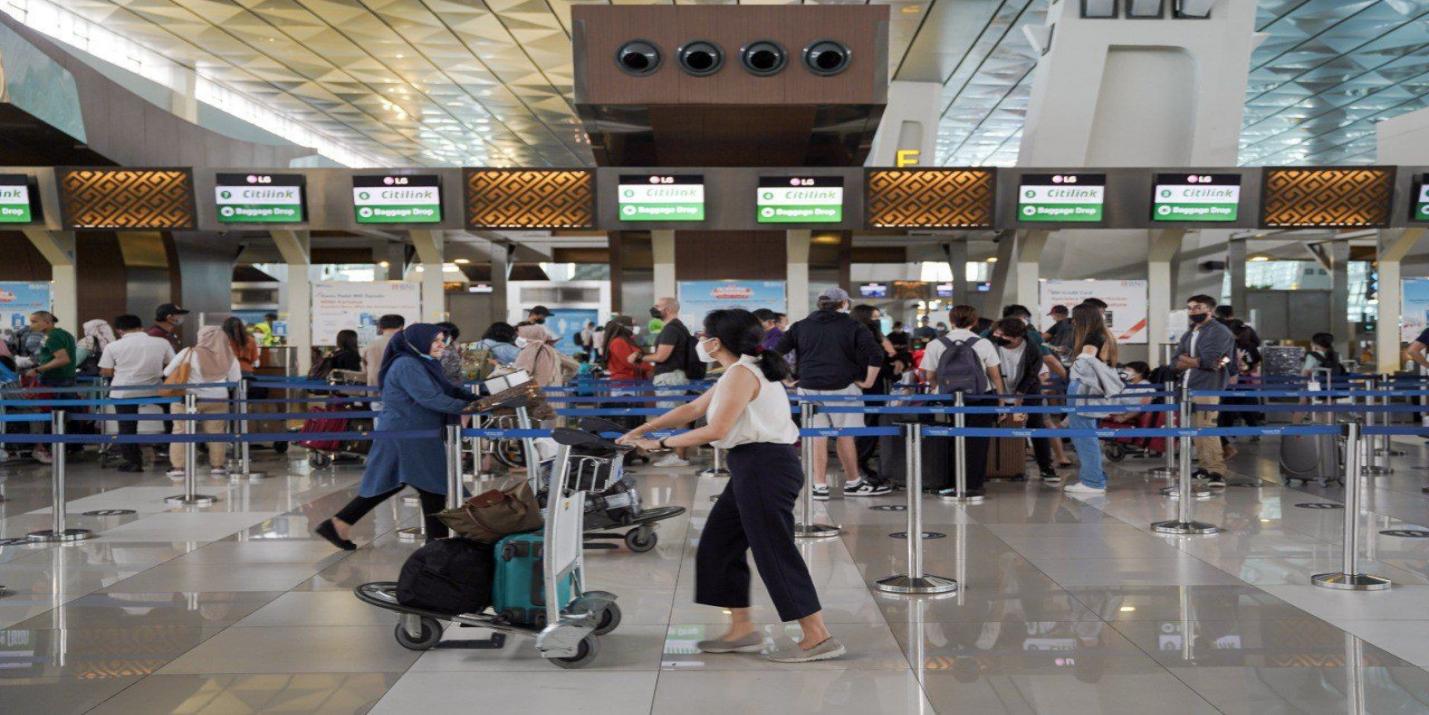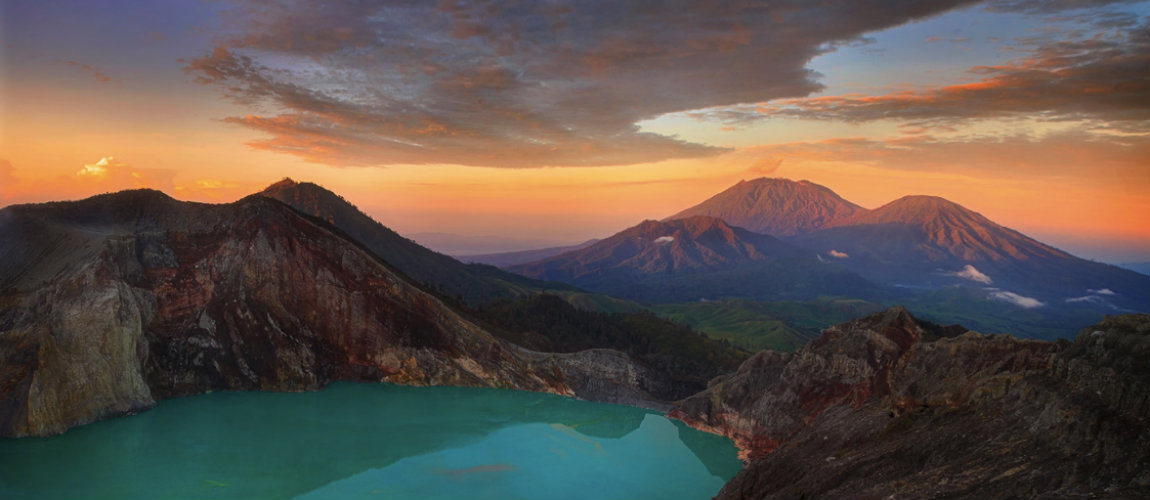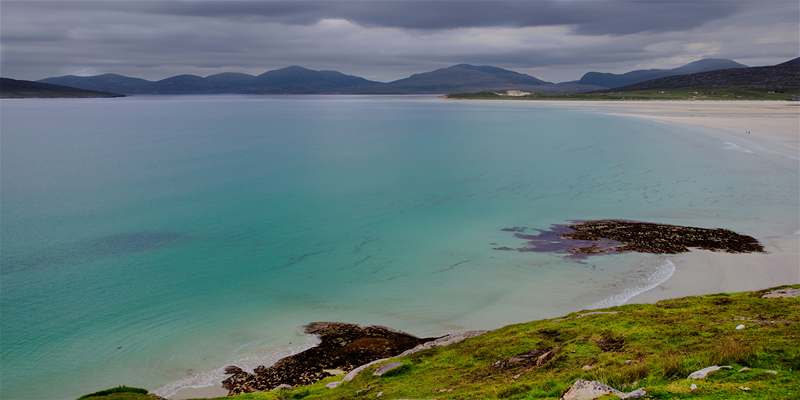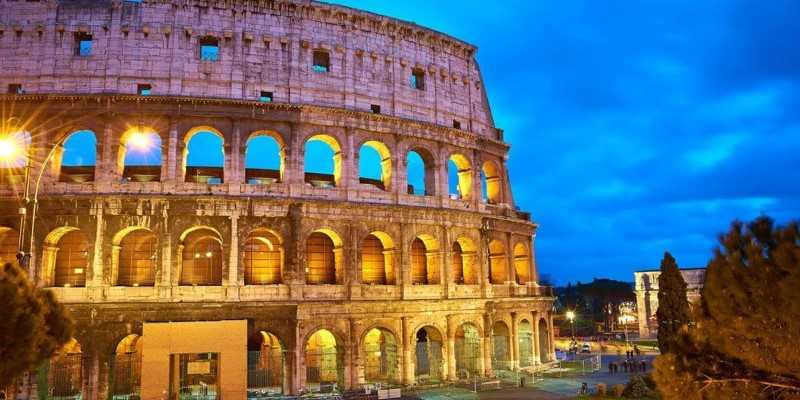Java has a way of surprising you when you least expect it. It’s the kind of place where a sunrise can change your whole day and where each city carries a different rhythm. Whether it’s an ancient temple surrounded by mist, a crater with turquoise water, or street vendors offering freshly grilled satay, Java doesn’t try to impress—it just does.
This 9-day itinerary is built to help you get a real sense of the island. You’ll move through different landscapes and cultures without rushing, and each stop is there for a reason. No fillers. Just real places, real food, and experiences that stay with you long after the trip ends.
See the Best of Java, Indonesia, with This 9-Day Java Itinerary
Day 1: Arrival in Jakarta
Jakarta isn’t everyone’s favorite, but it plays its role well. You land here, adjust your watch and mindset, and get a taste of what modern Indonesia looks like. It’s loud, busy, and not trying to be anything it’s not. Use the first day to rest and reset.

If you're up for something light, head to Kota Tua. This old town area offers colonial buildings, small museums, and plenty of food stalls. Don’t expect everything to be perfectly maintained—just take it as it comes. Try a bowl of soto Betawi or a glass of es cendol if the heat kicks in.
Day 2: Jakarta to Bandung
Take the morning train to Bandung—it’s a smooth ride through rice fields, small towns, and mountain edges. Trains in Java are comfortable, and the views do most of the talking.
Bandung is cooler, literally and otherwise. It's known for its art deco buildings and mountain views. Visit Gedung Sate and walk around Dago Street. You'll see young locals dressed in streetwear and sipping iced coffee, and it's clear that creativity runs deep here. Before sunset, head to Tebing Keraton. It's a short drive out of town and a great place to see the forest and meet the city from above. A light jacket is recommended.
Day 3: Bandung to Yogyakarta (via train)
You’ll want to catch the early train. This route is long—about eight hours—but it’s one of the most scenic rides in the country. Bring snacks, charge your phone, and sit by the window. You’ll pass through terraced fields, rivers, and misty hills.
By late afternoon, you’ll reach Yogyakarta. The vibe here shifts instantly. It’s more relaxed, with a strong cultural pulse. Check into your hotel and have dinner near Malioboro Street. You can walk around, listen to gamelan music in the air, and try gudeg, the city’s signature dish made from jackfruit.
Day 4: Borobudur and Local Life
Leave early. Really early. Borobudur is best seen at sunrise. As light breaks over the horizon, the silhouettes of stupas and mountains create a kind of silence that words don’t do justice. After visiting the temple, skip the usual tourist shops and spend some time in the nearby village. Locals here still weave, farm, and cook using wood-fired stoves. You’ll notice how time moves differently. It’s not about putting on a show—it’s just life as it is.
Return to Yogyakarta in the afternoon. If you still have energy, check out Prambanan Temple for sunset. It’s different from Borobudur—sharper lines, taller structures, and stories carved into stone.
Day 5: Yogyakarta to Bromo Region
This is your transition day. You’ll fly from Yogyakarta to Surabaya (short flight), then drive toward the Mount Bromo area. It’s a bit of a haul, so pace yourself.
The air starts to thin as you climb higher. You’ll feel it in your lungs and your thoughts. Stay the night in a guesthouse near Cemoro Lawang. It’s a small village at the edge of the caldera. Temperatures drop, stars come out, and everything slows down.
Day 6: Mount Bromo Sunrise and Madakaripura Waterfall
Set your alarm for the middle of the night. You’ll ride in a jeep to a nearby viewpoint before sunrise. Bring layers—it gets cold up there.
As the sun rises, Mount Bromo reveals itself. It's not the tallest in the area, but it has a presence. Smoke curls out of the crater, and the sea of sand below adds texture to the view. After that, ride down and walk to the crater rim. It smells of sulfur, and the wind can be strong, but the feeling of standing at the edge of something so raw is unforgettable.
Later in the day, visit Madakaripura Waterfall. It’s tucked away behind cliffs and feels almost hidden. There’s a short trek through streams, so wear something that can get wet. The waterfall drops from high above and creates a soft mist all around. It’s a good counterpoint to the dry volcanic landscape from earlier.
Day 7: Bromo Region to Banyuwangi
Another long drive today, but it takes you somewhere new—East Java. You’ll notice the scenery change again. More plantations, more green, fewer buildings. Banyuwangi is the launch point for your final big stop. It’s close to the coast and surrounded by forested hills. Not many travelers make it this far, but those who do are rewarded. Get some rest because your next wake-up call is going to be even earlier than the last.
Day 8: Ijen Crater at Dawn
You’ll leave just after midnight to hike up Ijen. The trail is manageable but steep in some parts. At the top, you’ll see something rare: electric-blue flames caused by burning sulfur. They flicker in the dark and disappear when the sun comes up.

Once daylight arrives, the crater lake reveals itself—milky turquoise, acidic, and surrounded by sheer rock walls. You’ll likely see miners carrying baskets of sulfur down the path. Their work is tough, and the contrast between the beauty of the place and the hardship of their job is hard to ignore. Descend carefully. Once back in town, get a hearty lunch and take it easy. You’ve earned it.
Day 9: Finish in Banyuwangi or Cross to Bali
The trip can end here if you want it to. Banyuwangi has beaches, small markets, and quiet corners to relax. Or, if you're ready for something different, take the short ferry across to Bali. The crossing takes less than an hour and opens up a whole new list of places to explore.
Either way, this is your finish line. Look back at what you’ve seen—volcanoes, temples, waterfalls, fields, and cities. Each day brought something new without ever feeling forced.
Closing Thought
Java doesn’t scream for attention. It invites you to see what’s already there—layer by layer, sunrise by sunrise. Nine days won’t show you everything, but it’s more than enough to understand why this island stays with people long after they’ve gone.












